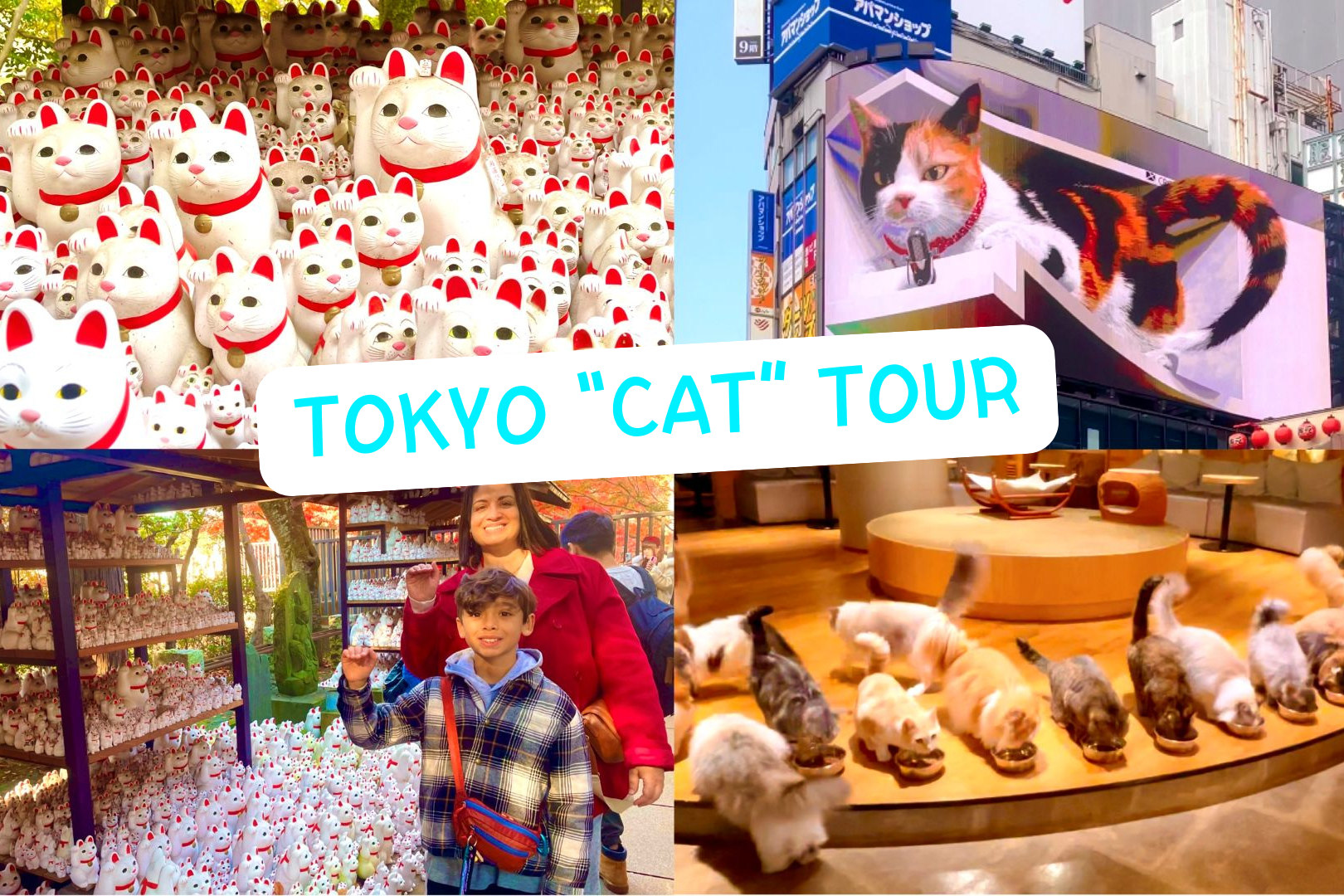
Meet the lucky cats in suburban Tokyo: Gotokuji Walking Tour
Discover a different side of Tokyo in this charming 3.0 hour walking tour through Setagaya, a leafy, upscale neighborhood known for its peaceful shrines, historic charm, and the birthplace of Japan’s beloved lucky cat. Perfect for those wanting to escape the crowds and see a more local, authentic side of the city all just a short ride from central Tokyo.
・Visit Gotokuji Temple, home to over 1,000 lucky cats and the legendary origin of the maneki-neko ・Stroll through tranquil shrines like Setagaya Hachimangu and Shoinjinja, steeped in Edo and Meiji-era history ・Experience local life in stylish shopping streets and cafés, where Tokyo’s modern charm meets timeless tradition ・During the walk through the shopping street, enjoy a free drink (up to ¥800)
Options
Meet the lucky cats in suburban Tokyo: Gotokuji Walking Tour
What's included in Meet the lucky cats in suburban Tokyo: Gotokuji Walking Tour
(Subject to Option Inclusions)Itinerary
Setagaya Hachimangu
Autumn matsuri held at Setagaya Hachimangu, one of the larger shrines in Setagaya Ward. Notable for the dohyo (sumo ring) set up in the grounds of the shrine and the honosumo (奉納相撲) event.
Gotokuji Temple
Gotokuji Temple is the beginning of the Kotokuin hermitage built by Kira Masatada who built Setagaya Castle in 1480. Originally it was Rinzai sect but in 1584 it became a temple of the Soto sect. There are many sights in the precincts such as the tomb of Ii Naosuke, the greatest authority of the Tokugawa shogunate in the middle of the 19th century, the three-story pagoda, the worshiping of the invincible Kannon, but the most attractive point is the good fortune beckoning cat, known as the “manekineko” to some. This lucky cat, known country-wide, is said to have been “born” here. The sight of 1,000 or more of these “cats” lined up is now one of the landscapes that represents Tokyo. It is said that the lucky cat, familiar to Japanese as a good luck symbol, is the birthplace of Gotokuji Temple. You’ll learn about the origin of the lucky cat in the guide on the day of the tour.
Shoin Shrine
Shoinjinja Shrine was founded in 1882 with the master Yoshida Shoin at center. In the precincts, there are the tombs of Shoka Village school children including Yoshida Shoin, and the building which reproduced Shoka Village school. Mr. Yoshida Shoin, who was born in Hagi City in Yamaguchi prefecture in 1830, built the cornerstone of modern Japan as a spiritual leader of the Meiji Restoration, but it was executed in rest prison by Ii Naosuke, thus putting a close to a short life of 30 years. His philosophy, which is also called “Yamato Damashi (Japanese spirit),” influences the thought and way of thinking of contemporary Japanese people, including Ito Hirofumi, who became Prime Minister of Japan in the first cabinet. It is an interesting point of this area that the Shoinjinja Shrine that enshrines Yoshida Shoin, who ended the era of the samurai, and the Gotokuji Temple, where Ii Naosuke sleeps to protect the era of Samurai, is within walking distance.
Inclusions
- 1 free drink (up to 800 yen) at Shoinjinja shopping street
- Professional guide
- Lunch
- Hotel pickup and drop-off (Available for an extra fee)
- Transportation to/from attractions
- Wheelchair accessible
- Infants and small children can ride in a pram or stroller
- Service animals allowed
- Public transportation options are available nearby
- Transportation options are wheelchair accessible
- Not recommended for travelers with spinal injuries
- Travelers should have at least a moderate level of physical fitness
- Please join us wearing shoes that are easy to walk in because you will walk the mountain paths.
- Tour duration can be extended at a rate of 5,000 yen per group, per hour, payable in cash.
- Hotel pickup will incur an additional fee of ¥5,000 per group (for hotels in Tokyo & Yokohama area)
Meet
Pickup and Dropoff
You will make your own way to the meeting points
Meeting Points
- Your guide will waiting for you with a name board at the ticket gate of Gotokuji station.
Redeem
Ticket Redemption
Times are subject to change due to local traffic conditions.






